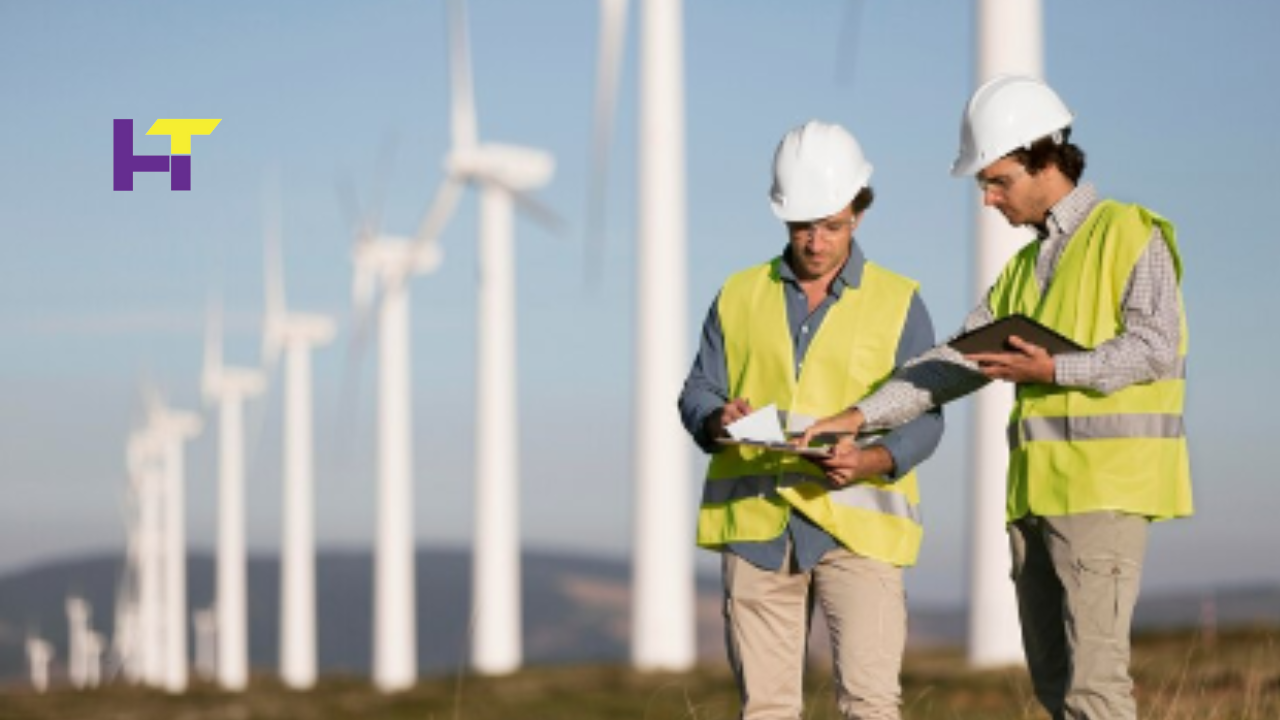Efficiency in Motion: Exploring the Functions of Midstream Energy Services

In the intricate network of the energy industry, midstream services play a pivotal role in ensuring the efficient transportation, storage, and distribution of energy resources. From crude oil and natural gas to refined products like gasoline and propane, midstream infrastructure forms the crucial link between upstream production and downstream consumption.
In this article, we delve into the multifaceted functions of midstream energy services, examining their role in optimizing the movement of energy resources and supporting global energy markets.
Understanding Midstream Energy Services
Before delving into the specific functions of midstream services, it’s essential to understand what constitutes the midstream sector within the energy industry. Midstream energy services encompass a range of operations and infrastructure aimed at transporting, storing, and processing raw energy resources and distributing them to end-users.
These services form the critical middle stage of the energy supply chain, bridging the gap between production and consumption.
Components of Midstream Infrastructure
- Transportation Systems: Midstream infrastructure includes pipelines, railways, marine vessels, and trucks used to transport crude oil, natural gas, and refined products from production sites to refineries, processing plants, and distribution centers.
- Storage Facilities: Storage tanks, terminals, and caverns are essential components of midstream infrastructure, providing temporary storage for energy resources and helping to balance supply and demand.
- Processing Facilities: Midstream operations include processing facilities such as natural gas processing plants and oil refineries, where raw materials are refined into marketable products and by-products.
- Distribution Networks: Distribution networks, including pipelines, terminals, and trucking fleets, distribute refined products like gasoline, diesel, jet fuel, and propane to end-users such as retailers, industrial facilities, and consumers.
Functions of Midstream Energy Services
Midstream energy services encompass diverse functions essential for the efficient movement and distribution of energy resources. These functions include transportation, storage, processing, and distribution, each serving a unique purpose within the midstream sector.
Transportation
Transportation is perhaps the most fundamental function of midstream energy services, involving the movement of energy resources from production sites to refineries, processing plants, and distribution centers.
Pipelines are the primary mode of transportation for crude oil and natural gas, offering a cost-effective and efficient means of long-distance transportation. Railways, marine vessels, and trucks are also used for transporting energy resources, particularly in regions lacking pipeline infrastructure or for shorter distances.
Storage
Storage facilities play a crucial role in the midstream sector, providing temporary storage for energy resources and helping to balance supply and demand. Storage tanks, terminals, and caverns store crude oil, natural gas, and refined products, allowing for inventory management, strategic reserves, and logistical flexibility. Storage infrastructure also helps to mitigate supply disruptions, ensuring a reliable and stable energy supply.
Processing
Processing facilities are another critical aspect of midstream energy services, where raw energy resources transform into marketable products and by-products. Natural gas processing plants remove impurities and separate natural gas liquids (NGLs) such as propane, butane, and ethane from raw natural gas.
Oil refineries refine crude oil into various petroleum products, including gasoline, diesel, jet fuel, and heating oil, through distillation, cracking, and reforming processes. These processing facilities are vital in adding value to raw energy resources and meeting market demand for refined products.
Distribution
Distribution networks form the final stage of midstream energy services, delivering refined products from refineries and processing plants to end-users such as retailers, industrial facilities, and consumers.
Pipelines are the primary mode of product distribution, offering a safe, reliable, and cost-effective means of transporting refined products over long distances. Terminals, storage facilities, and trucking fleets are also used for product distribution, particularly for delivering products to remote or inaccessible locations.
Importance of Midstream Energy Services
The functions performed by midstream energy services are essential for the efficient operation of the energy industry and the functioning of global energy markets. These services are crucial in ensuring the reliable and uninterrupted supply of energy resources to meet growing demand and support economic development.
Additionally, midstream infrastructure facilitates the movement of energy resources across vast distances, connecting production regions with consumption centers and enabling access to energy resources worldwide.
Economic Impact
Midstream energy services contribute significantly to economic growth and prosperity by supporting energy production, refining, and distribution activities. These services create jobs, stimulate investment, and generate tax revenue for governments, supporting local economies and enhancing industrial competitiveness.
Additionally, midstream infrastructure enables access to energy resources, driving economic development and improving living standards in developed and developing regions.
Energy Security
Midstream infrastructure is critical in ensuring energy security by providing reliable and resilient transportation and storage solutions for energy resources. Storage facilities and strategic reserves help to mitigate supply disruptions caused by unforeseen events such as natural disasters, geopolitical conflicts, or infrastructure failures.
Additionally, diversified transportation networks, including pipelines, railways, and marine vessels, enhance supply chain resilience and reduce dependence on single transportation routes or modes.
Environmental Considerations
While midstream energy services are essential for meeting global energy demand, they also raise environmental considerations related to safety, emissions, and land use. Pipeline spills, storage tank leaks, and transportation accidents can have significant ecological impacts, necessitating stringent regulations and risk management practices to minimize environmental harm.
Additionally, the processing and distribution of energy resources contribute to air and water pollution, greenhouse gas emissions, and habitat destruction, highlighting the importance of sustainable practices and clean technologies in the midstream sector.
Challenges and Future Outlook
Despite the critical role of midstream energy services in supporting global energy markets, the sector faces several challenges and uncertainties, including regulatory constraints, infrastructure bottlenecks, and evolving market dynamics.
However, advancements in technology, innovation, and sustainability offer opportunities to address these challenges and enhance midstream operations’ efficiency, reliability, and sustainability.
Regulatory Constraints
Regulatory constraints, including permitting delays, environmental regulations, and land use restrictions, pose challenges for the development and expansion of midstream infrastructure projects.
Streamlining regulatory processes, improving stakeholder engagement, and adopting best practices in environmental stewardship can help to address regulatory challenges and facilitate responsible midstream development.
Infrastructure Bottlenecks
Infrastructure bottlenecks, such as pipeline capacity constraints and insufficient storage capacity, limit the flexibility and efficiency of midstream operations, particularly in regions experiencing rapid production growth or constrained market access.
Investing in infrastructure expansion, optimization, and modernization is essential to alleviate bottlenecks and enhance the resilience of the midstream sector.
Evolving Market Dynamics
Evolving market dynamics, including shifting supply-demand balances, fluctuating commodity prices, and emerging energy trends, require midstream operators to adapt their strategies and business models to remain competitive and resilient.
Diversifying service offerings, embracing digitalization and automation, and exploring new markets and opportunities can help midstream companies navigate evolving market dynamics and future-proof their operations.
Conclusion
In conclusion, midstream energy services play a critical role in the efficient movement, storage, and distribution of energy resources, serving as the backbone of the global energy supply chain. From transporting crude oil and natural gas to refining petroleum products and delivering them to end-users, midstream infrastructure facilitates the functioning of energy markets and supports economic development worldwide.
READ MORE
Despite facing regulatory constraints, infrastructure bottlenecks, and evolving market dynamics, the midstream sector is poised for growth and innovation, driven by technological advancements, sustainability, and market integration. By embracing opportunities for collaboration, investment, and responsible development, midstream energy services can continue to play a vital role in meeting the world’s energy needs and driving progress toward a sustainable energy future.






